A quick glance at a world map shows the south tip of Sri Lanka is a pretty important spot if you are the type that likes to carry consumer goods from "the Orient" to the colony of your birth via sailing ship, as was a popular activity in the Indian Ocean for several hundred years. The Portuguese, the Dutch, and the British all spent a bit of time using the south of Sri Lanka for this purpose, but it was the Dutch who really started the infrastructure-building part of colonialism, and it was they who built a fort at Galle.
Galle is located just around the west side of the southern tip of the island, protected a bit from eastern monsoons, with a pretty solid (if small) neutral harbour. Around 1665 the Dutch began building a fort that ended up being 36 hectares within the walls, and a few years later was made a UNESCO World Heritage Site. Within the walls is a very pleasant little city (dwarfed by The "New Town", only a cricket ground away).
There are a great number of colonial buildings from the 17th and 18th century, some very well restored, others in complete ruin. And as you might expect in a place that spent 400 years as a crossroads of the world, there are plenty of churches, mosques, and temples.
This is a serious tourist area. They sold beer on Sunday and took credit cards for payment, where we have been operating on a cash-only basis up to now. However, I suppose no-one is going to bring a stack of Sri Lanka Rupee to buy a Tag Heuer. Which raises a question I ask honestly, and with a bit of snark: who the hell travels to Galle, Sri Lanka to buy a Tag Heuer? What is the economics of a Cartier store in Galle?
This was the middle stop on our beach tour. We spent a few days (including New Year's Eve) in Tangalle, a beach town about 60km to the east. The beach was a little less tame here than ideal, but the sand was soft and the water warm.
Tangalle itself had a colorful fishing port, and not much else. The 2004 Tsunami hit this area pretty hard, noted by both the occasional cairn 5 or 6 meters above the current sea showing the wave height, and by the significant number of semi-demolished buildings interspersed between the new builds and restored structures, even 12 years later. A stark reminder that more then 40,000 people in Sri Lanka were killed by the Boxing Day Tsunami.
We travelled up the beach in an other spectacularly decorated bus driven by the ghost of Andrea de Cesaris, with what appeared to be the pelt of the Cookie Monster covering the dash. Wildest $3 carnival ride of my life.
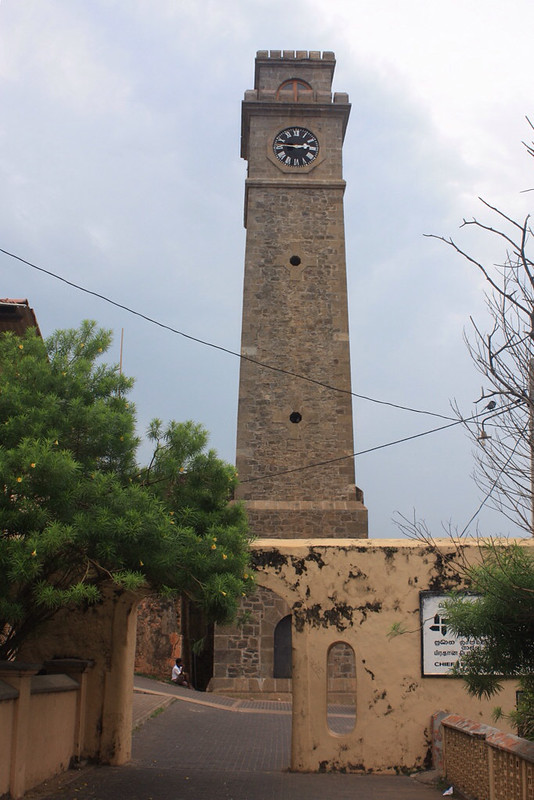
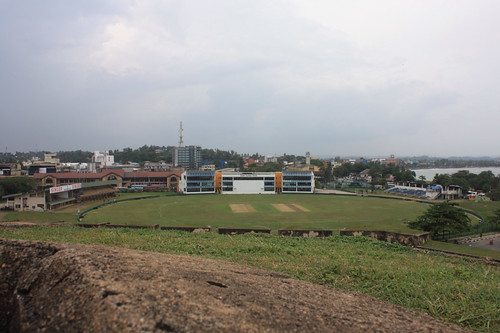
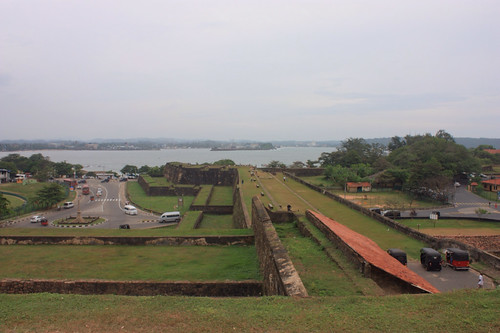
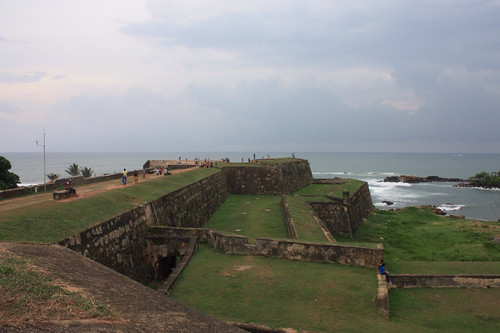
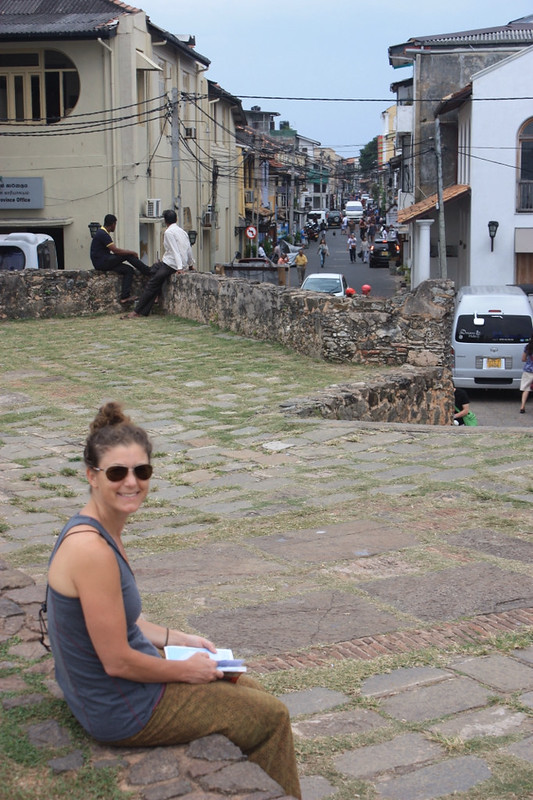
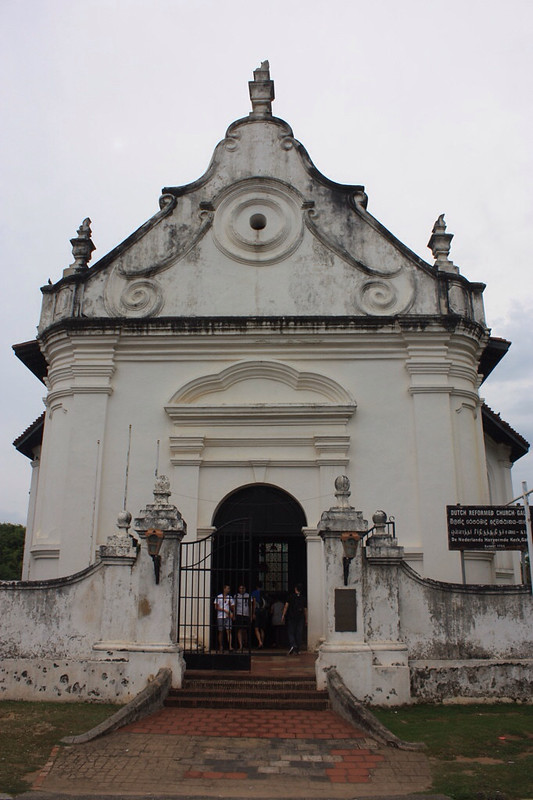
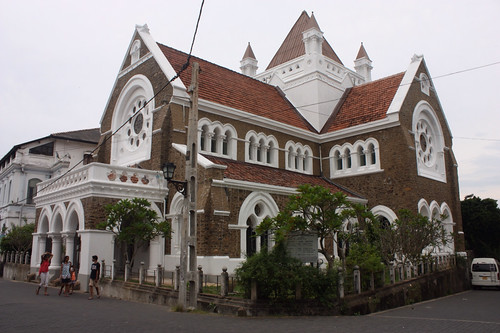


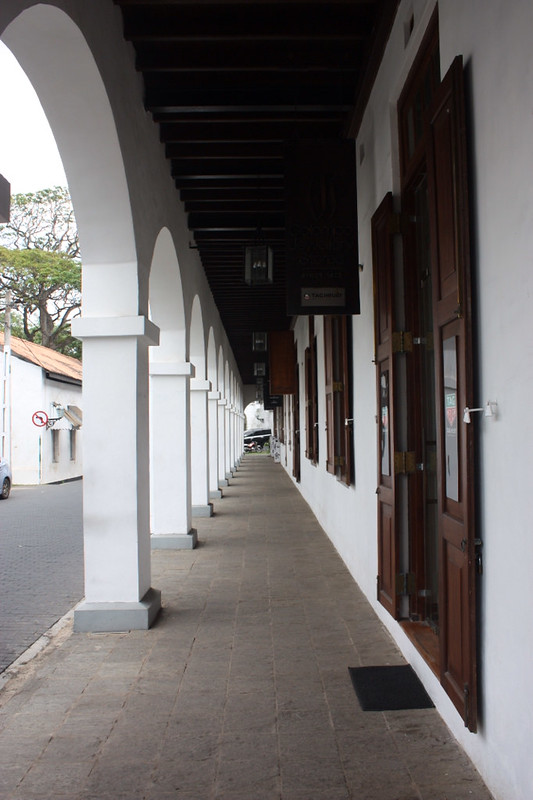
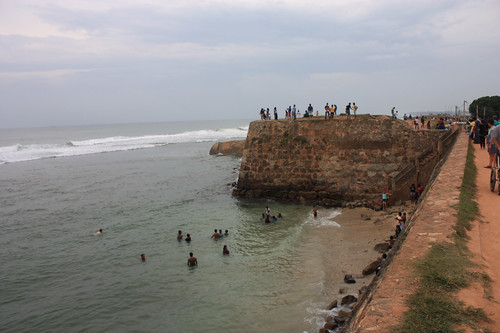
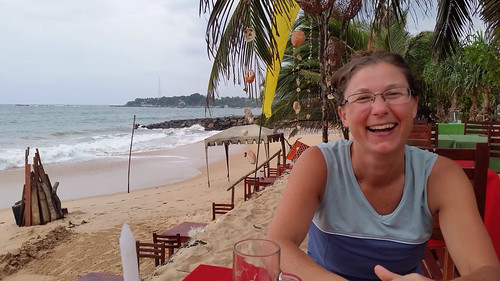
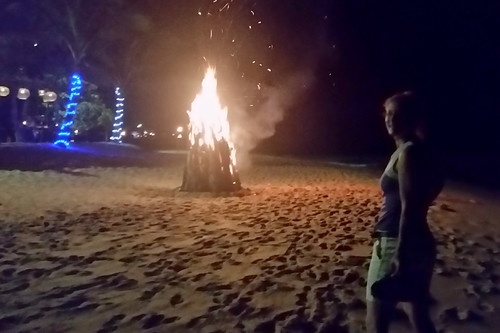


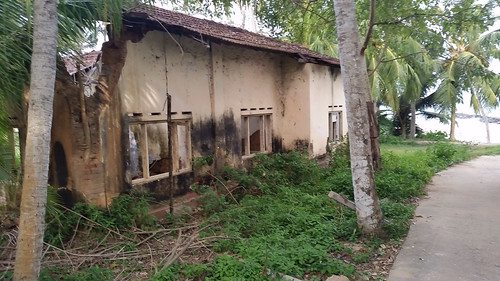
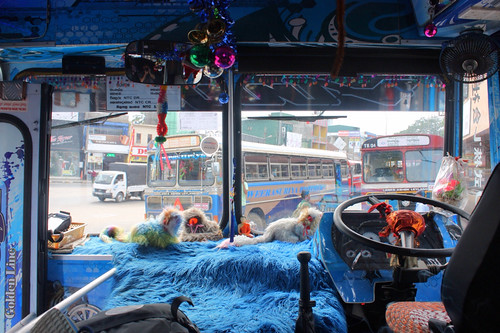
No comments:
Post a Comment